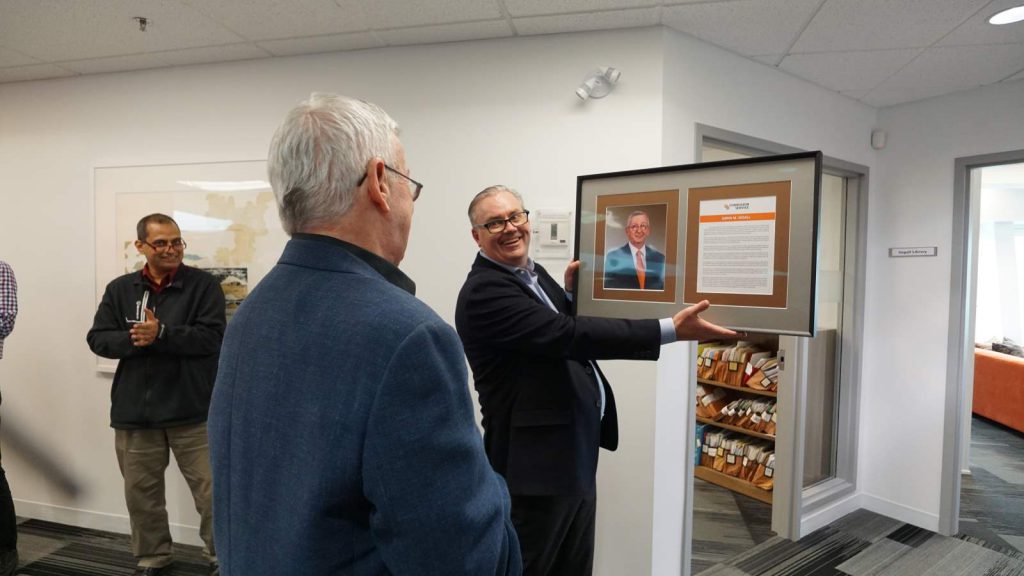Since our founding Corrosion Service has and remains a leader in the corrosion control industry, supporting the various industries in North America and around the World ensuring asset integrity by providing responsible engineering services.
As part of our continued commitment, we would like to welcome you to our electronic Library as the place to view our various technical papers written and presented since 1950 supporting, educating and advancing the corrosion industry advancement.
On your left you can select the author of interest to view all papers presented or enter a search by topic. For each, an abstract is provided and a download link for your review. We would be please to assist if you have any questions and feel free to contact us.

The Corrosion Service Library
We converted a prime corner office into a Library at our Head Office and dedicated the room to Sorin Segall because of his commitment to Corrosion Service, the numerous papers presented, the engineering mentoring within Corrosion Service and to our industry. We would be pleased for you to come and view this comprehensive library that includes various text books, relevant publications, all NACE Materials Performance magazines presented since first publication, technical bulletins and various other related corrosion related print material.
Our Technical Papers For Download
In a recent editorial m the British Corrosion Journal, they referred to the objection of a councilor on Surrey County Council who objected to the provision of a E 20,000 sterling laboratory to be associated with a new sewage disposal plant. He objected because he […]
Explains the technique of cathodic protection in conjunction with the galvanic series of metals and cell action, plus the history and development of cathodic protection. Touches upon thermodynamic considerations, and uses polarization curves to explain the rates of corrosion reaction and how these rates can […]
A few years ago the word “corrosion” was not used with familiarity by most of those people charged with the maintenance of underground plant facilities. Rusting usually manifested itself in “red water” problems. Pitting in boilers was recognized as a treatment inadequacy. Leaking in underground […]
Soil bears the greatest responsibility for underground corrosion losses, and the difference in corrosion losses of different types of ferrous materials when in contact with the soil are very small indeed. DOWNLOAD PAPER
This paper reports another successful application in industry of the rapidly expanding science of anodic protection. In the seven years during which this application has been under development, anodic protection has emerged from the laboratory into industry, where it is now being successfully used in […]
Another successful application is described in this article of the rapidly expanding technique of anodic protection. This report deals with kraft digesters in pulp and paper manufacturing. In the manufacture of sulfate or kraft paper products, the first stage is reduction of wood chips to […]
Cathodic protection techniques provide a direct means of stopping metal loss due to stray earth currents. The method ensures long life and reduced maintenance for buried equipment. DOWNLOAD PAPER
Recent work has made possible the application of anodic protection techniques to metals in active chemical environments. One outcome of this research is strong evidence to suggest that mild carbon steel and low alloy stainless steel can be rendered almost inert to severely corroding environments. […]
